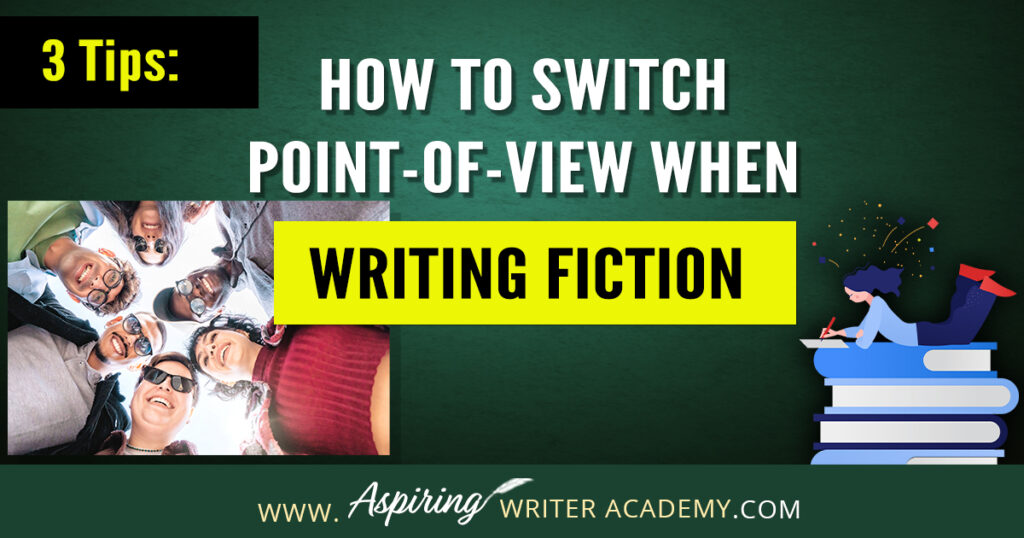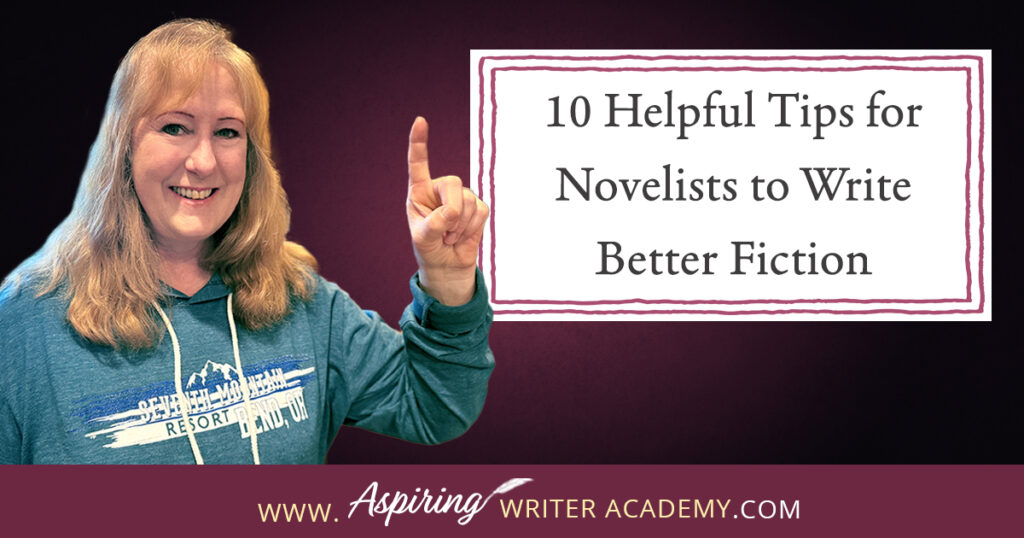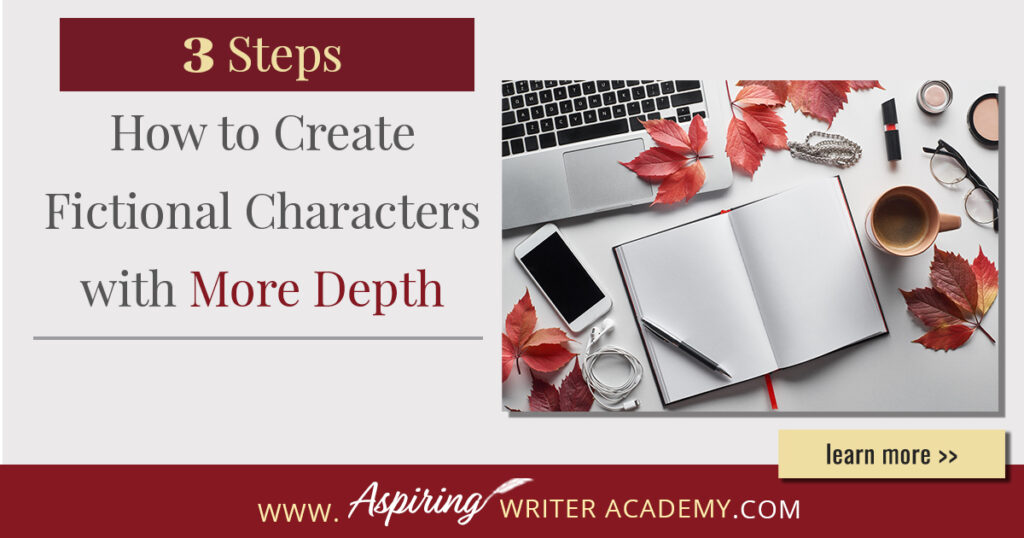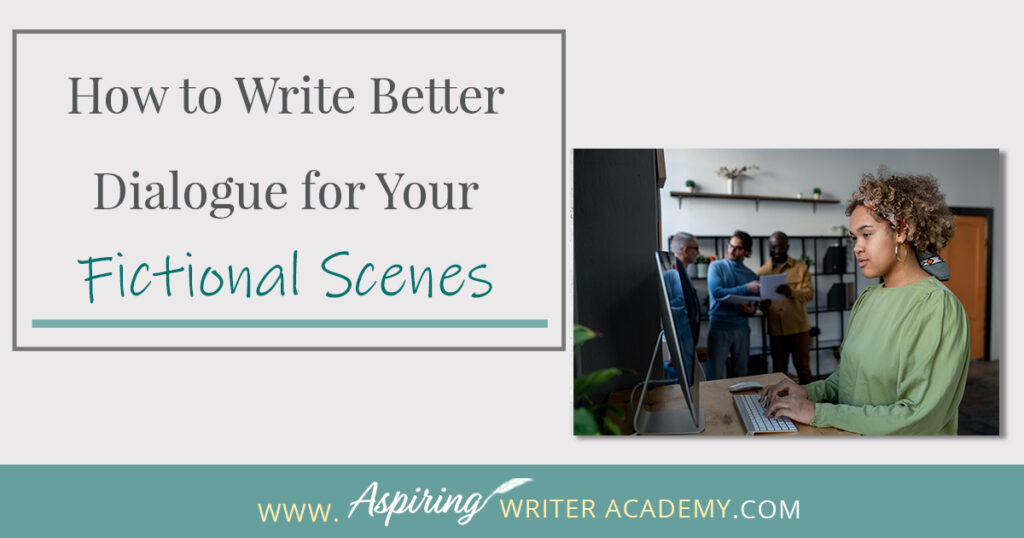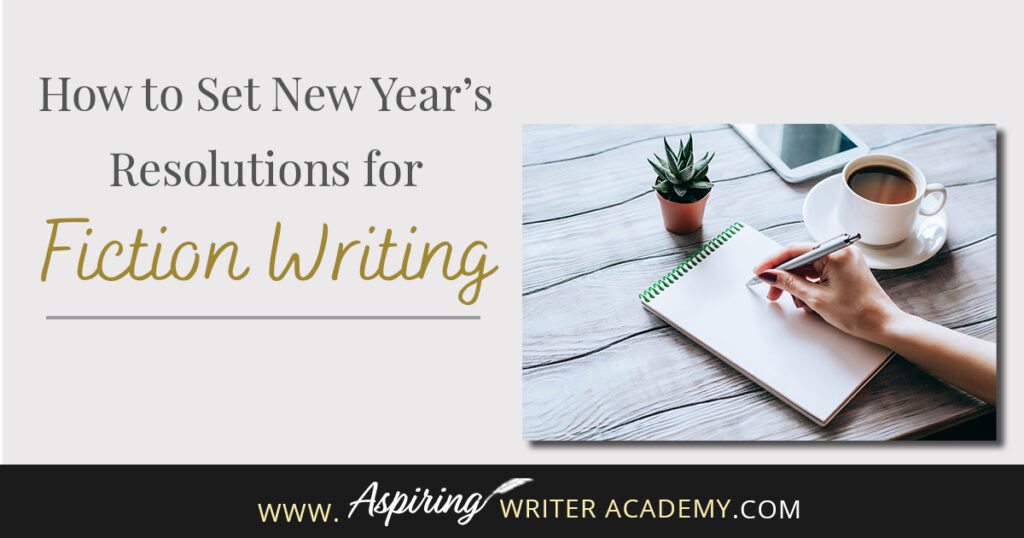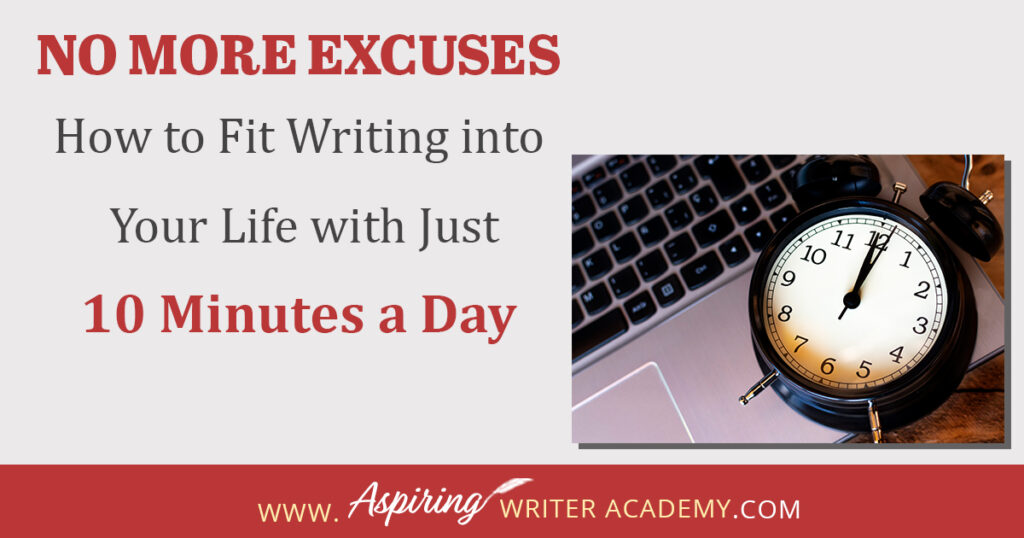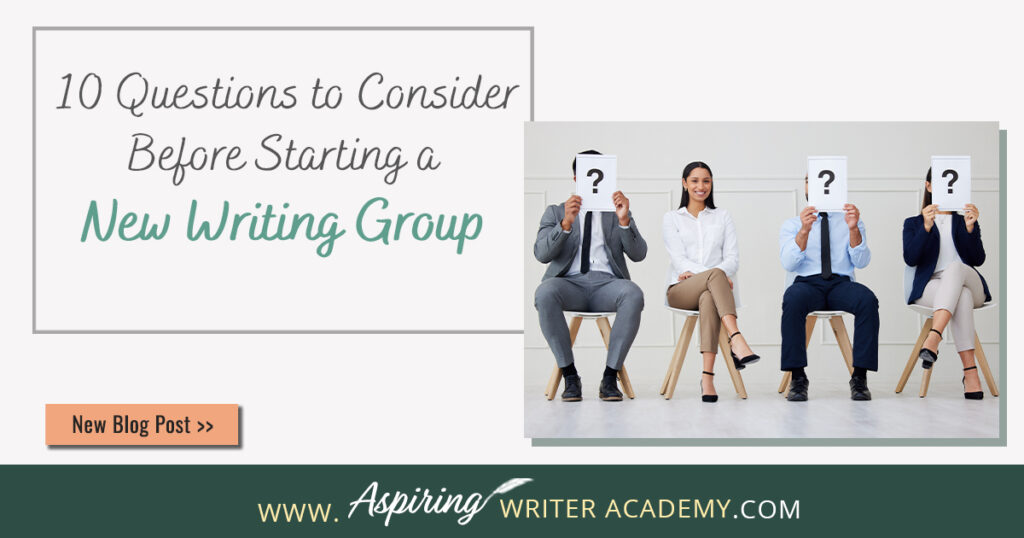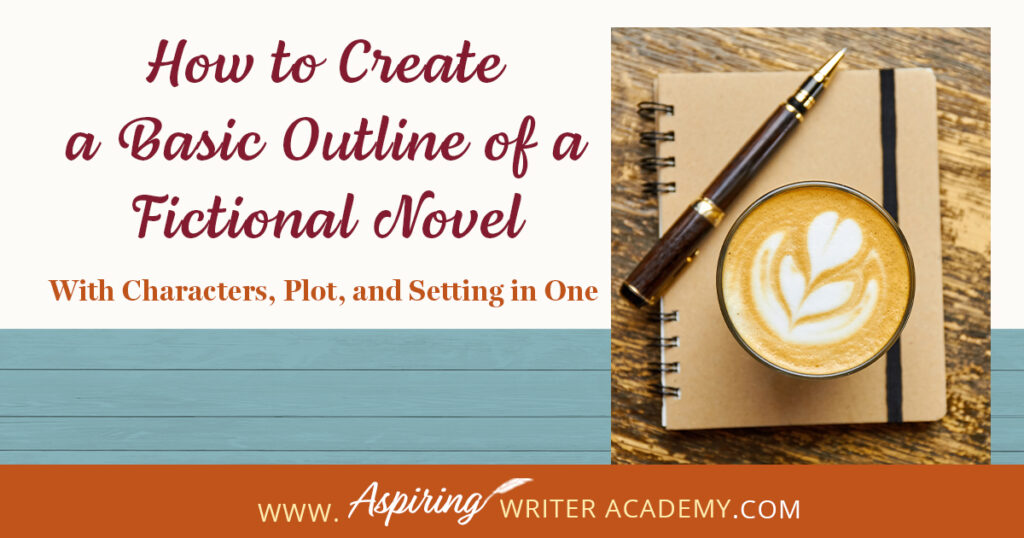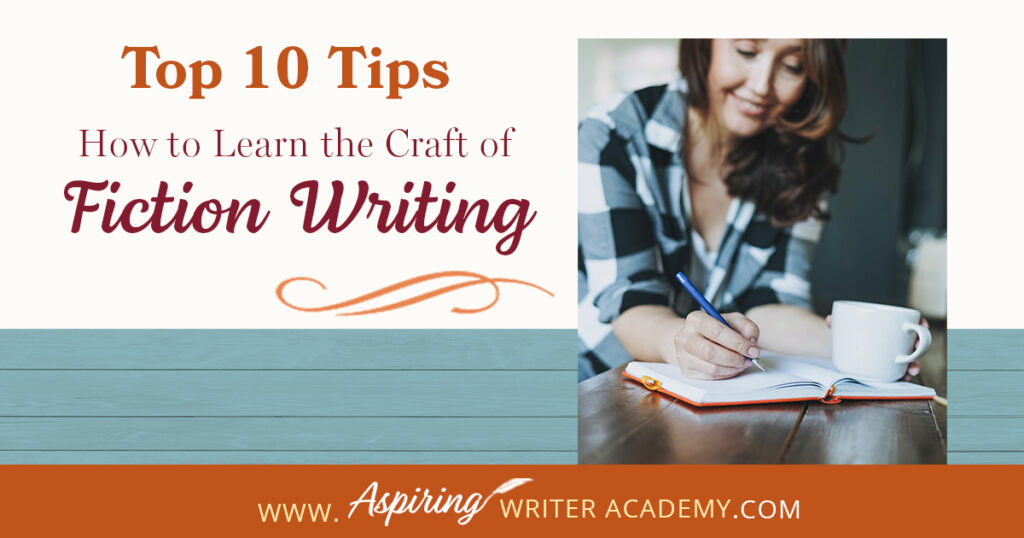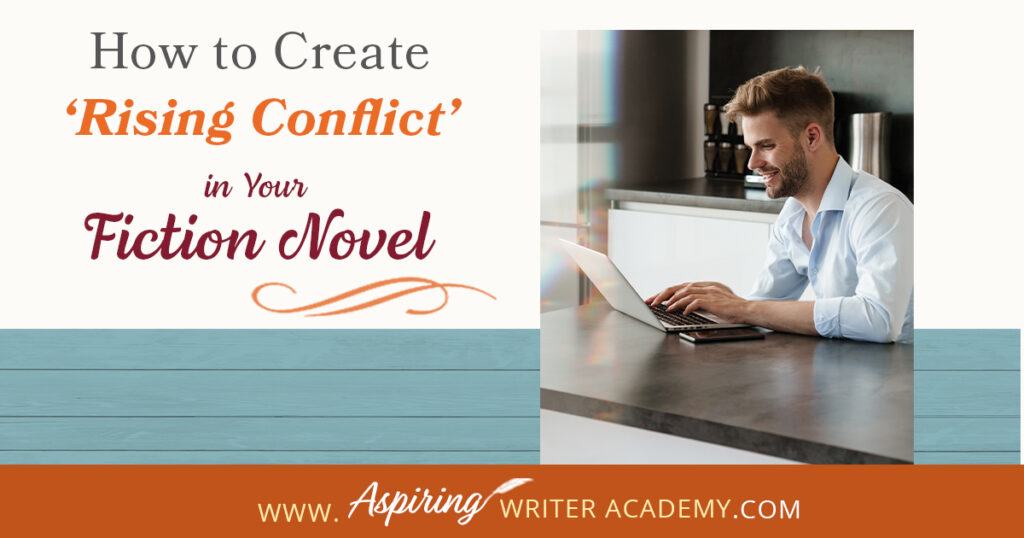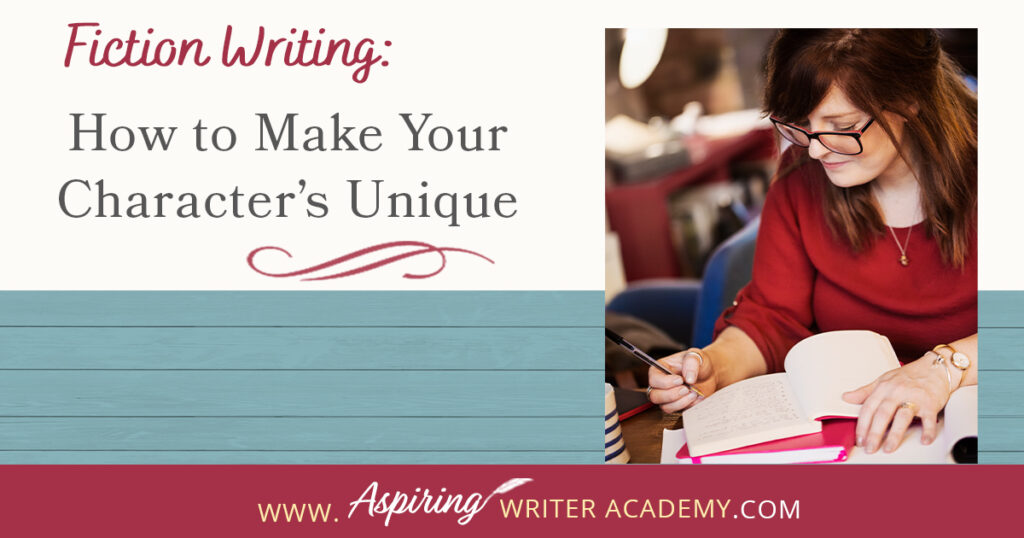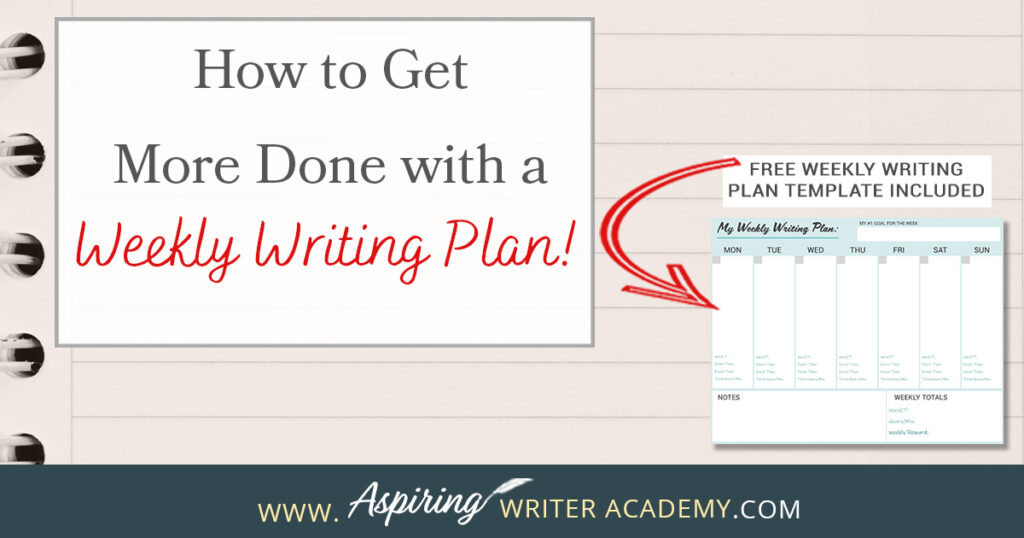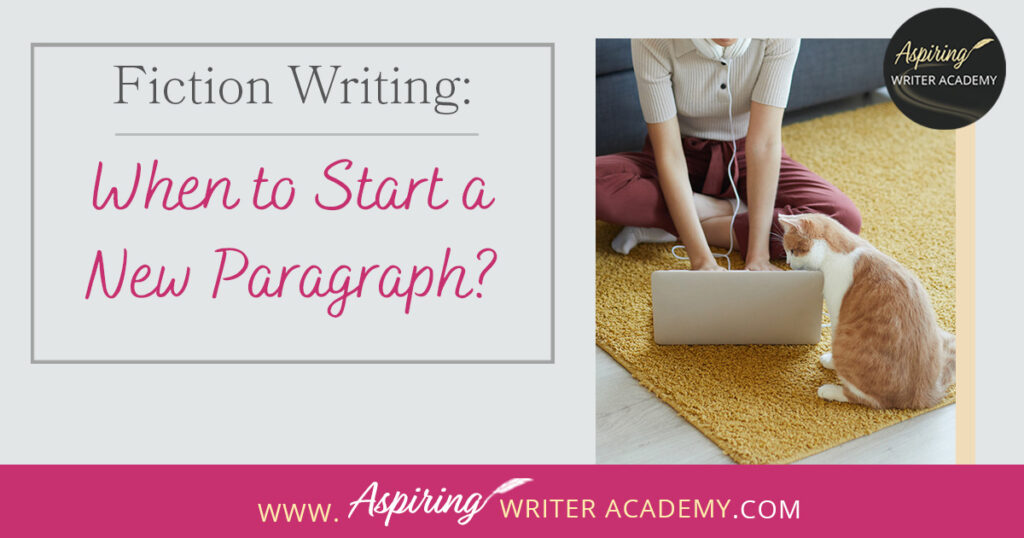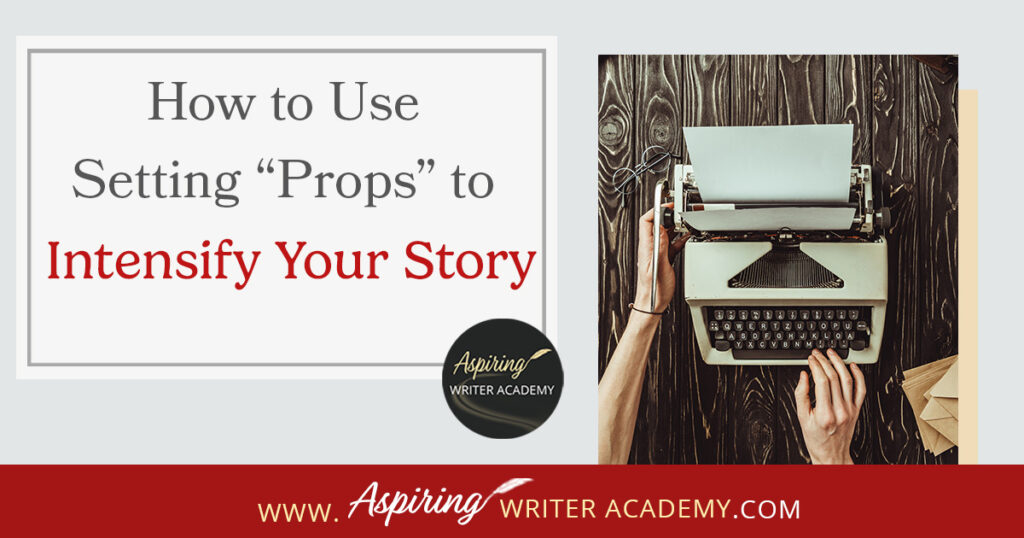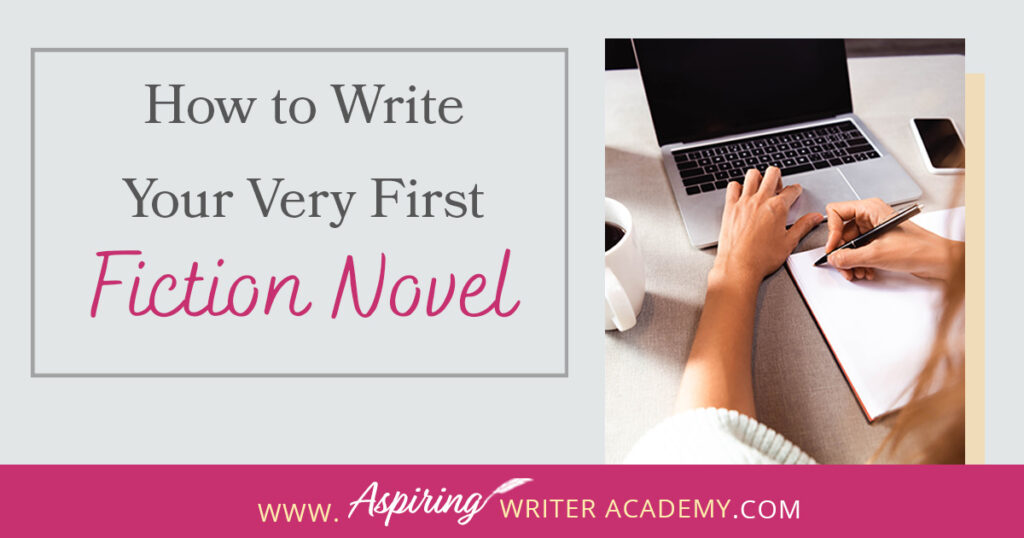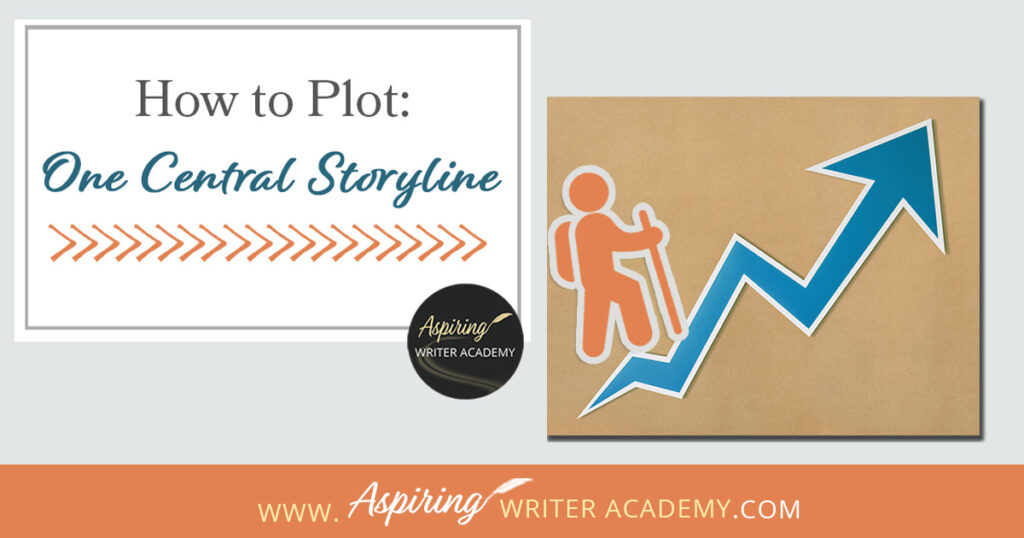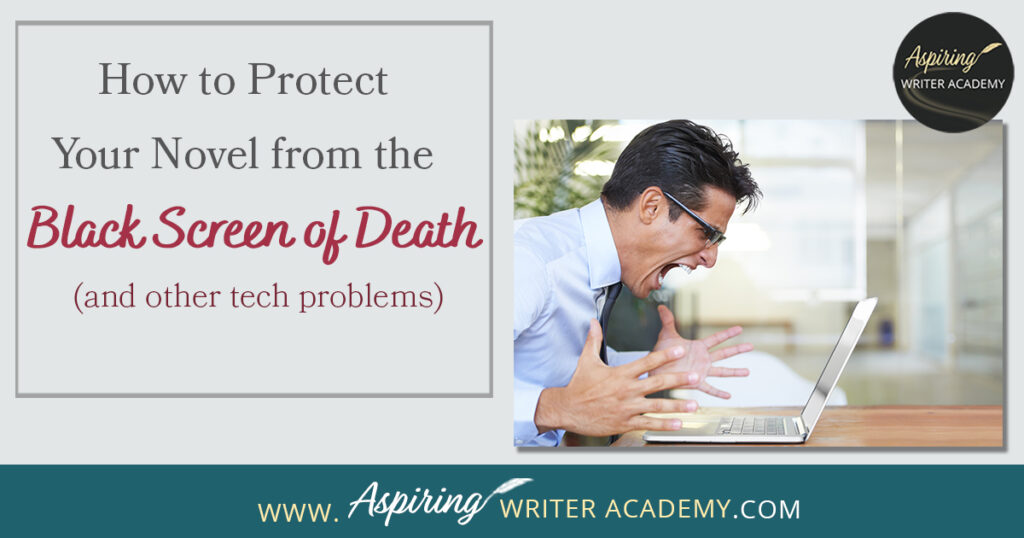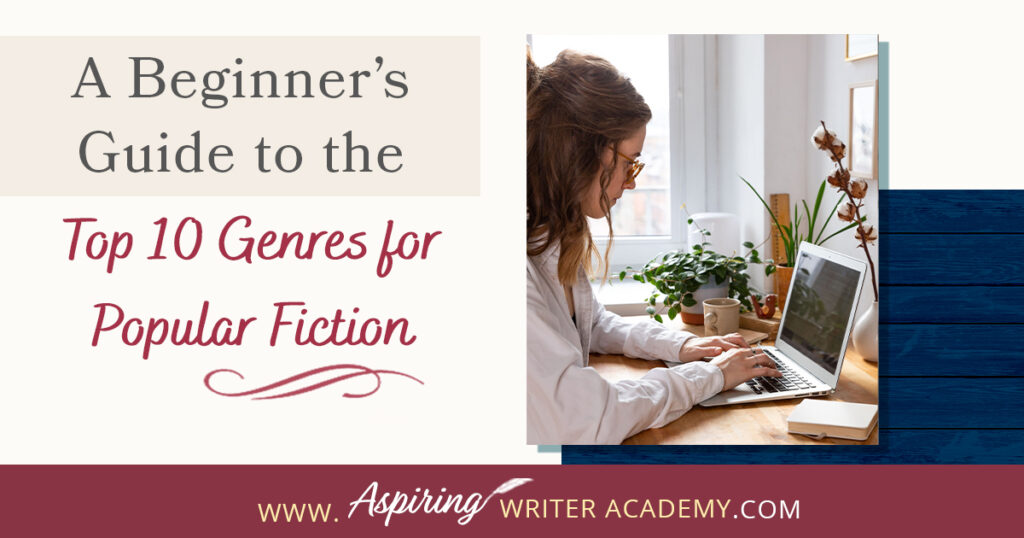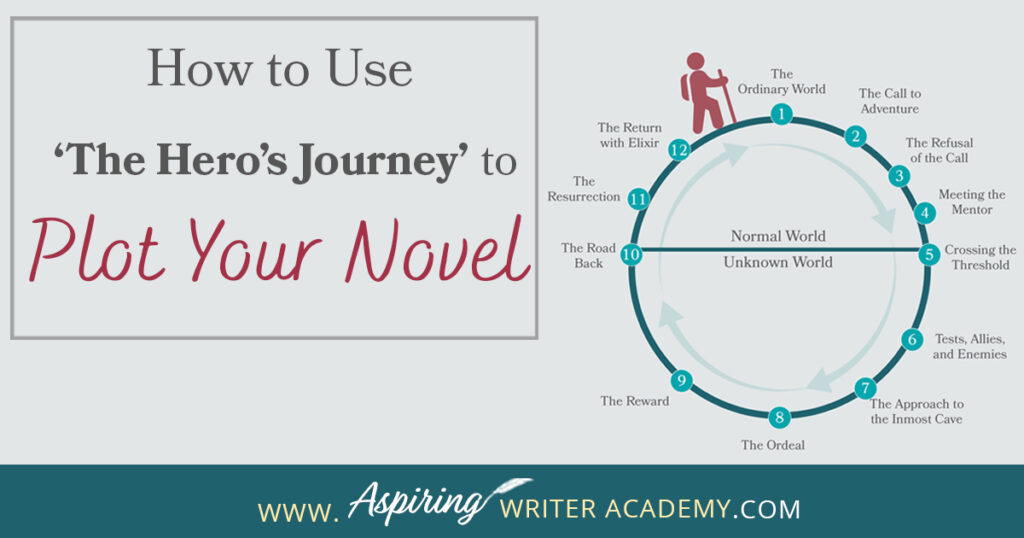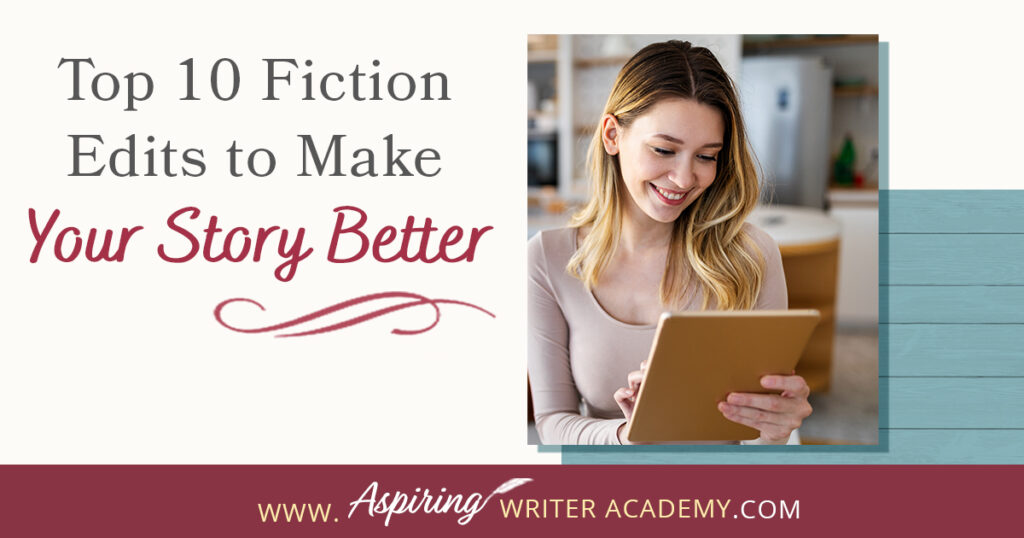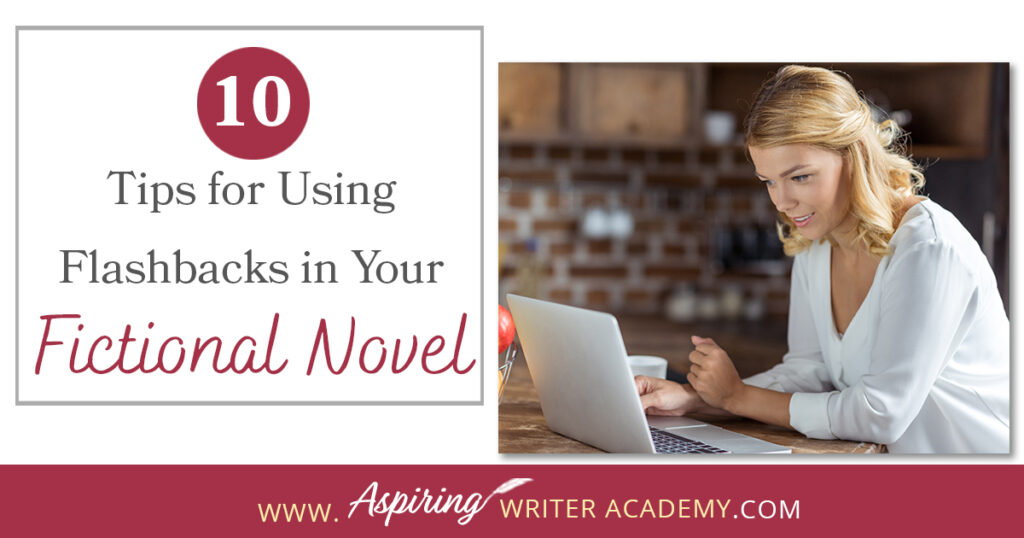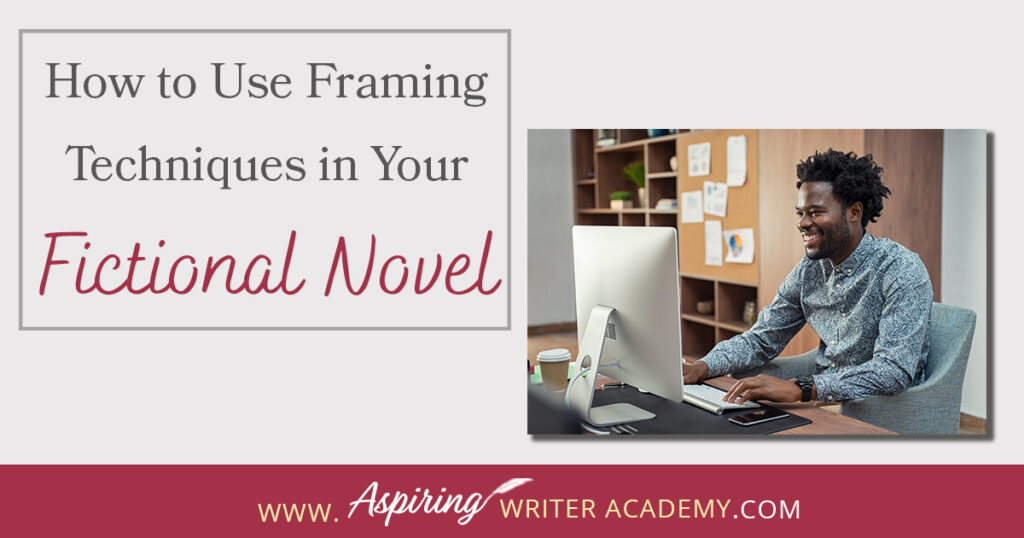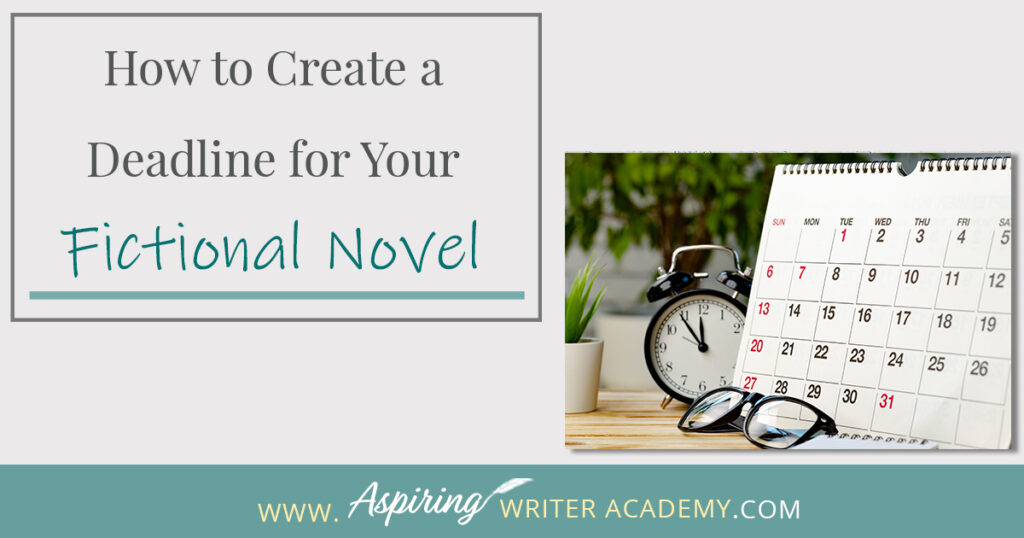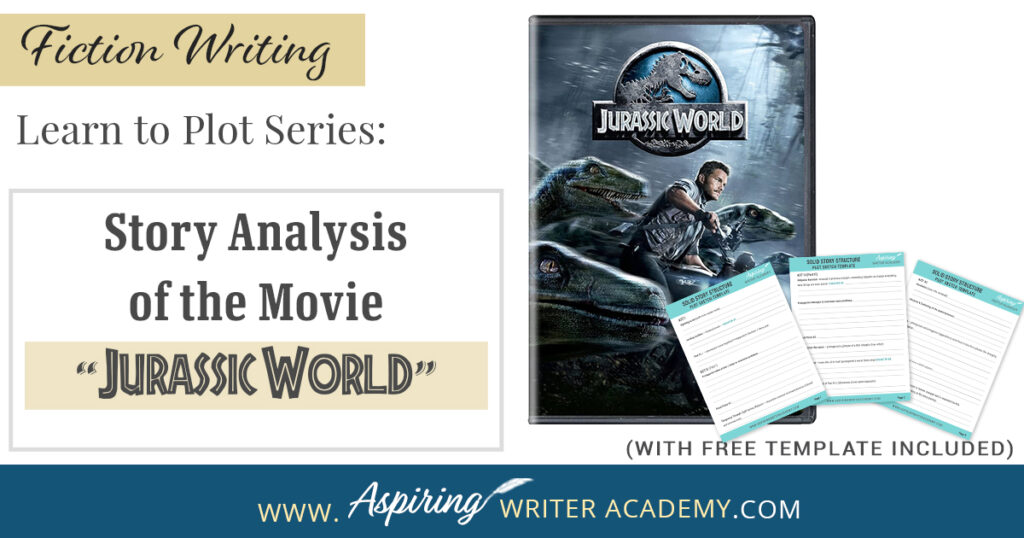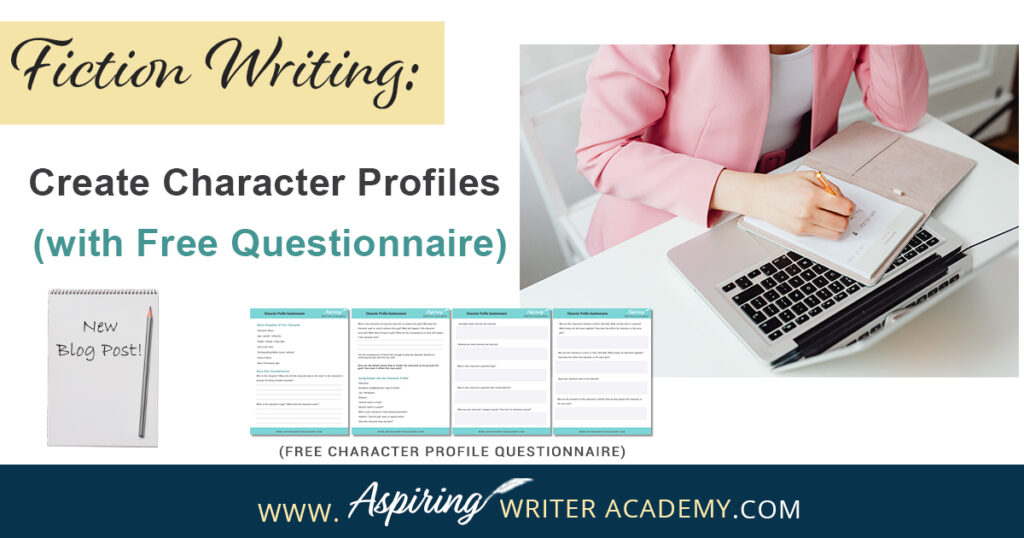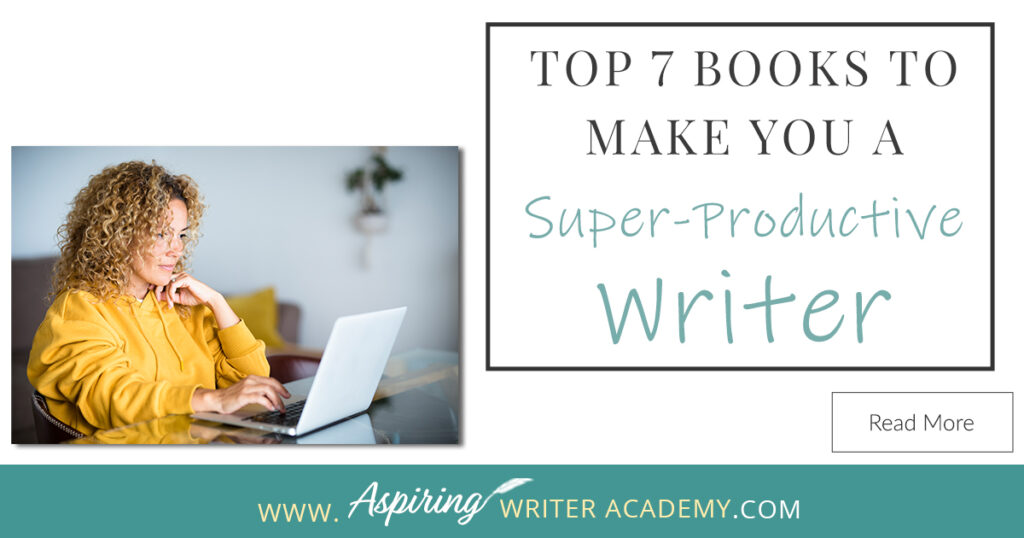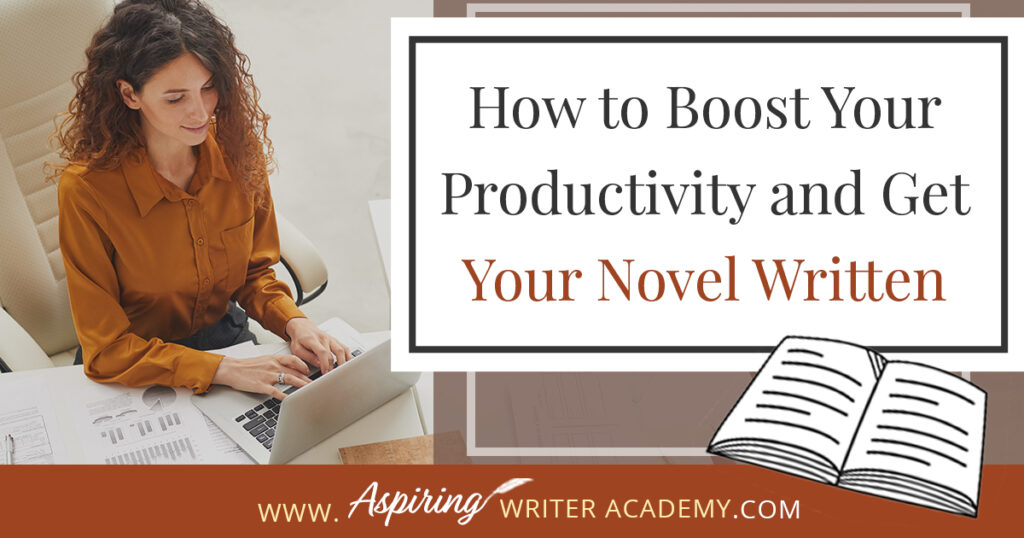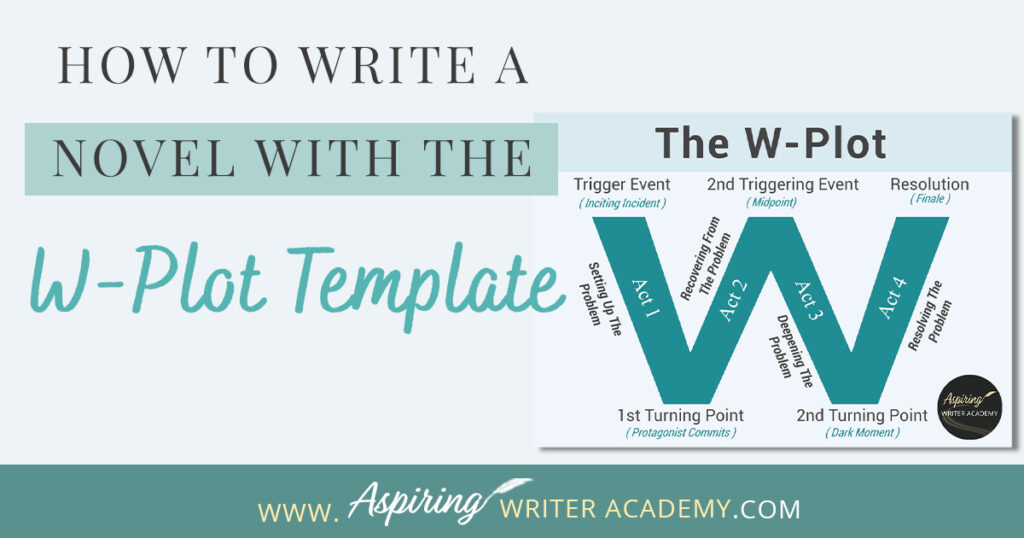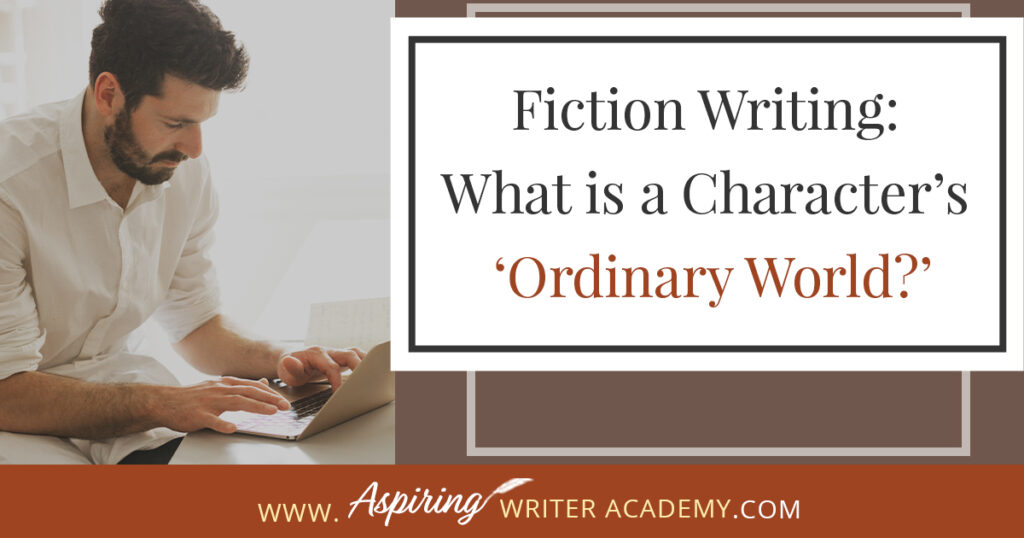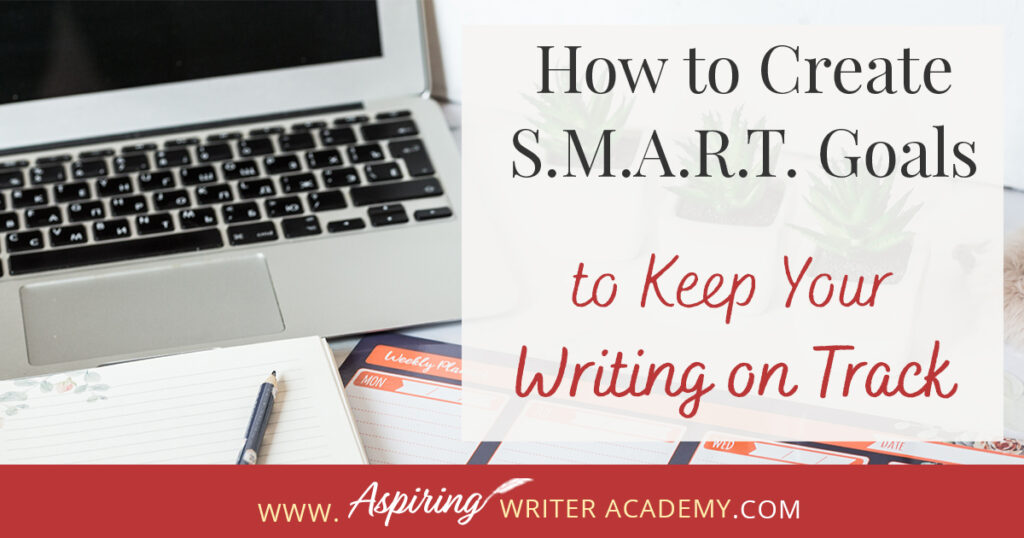Posts by Darlene Panzera
3 Tips: How to Switch Point-of-View When Writing Fiction
Have you heard the phrase “no head-hopping?” What does it really mean? Keeping your character’s point-of-view (POV) clear and consistent is key to making your story easy to follow. Plus, when you want to switch from one character’s perspective to another, it’s important to do it right! In 3 Tips: How to Switch Point-of-View When…
Read More10 Helpful Tips for Novelists to Write Better Fiction
Are you starting to write your first novel or thinking about publishing one? Our 10 Helpful Tips for Novelists to Write Better Fiction cheat-sheet can help you along the way. With advice on creating scenes, choosing the right words, and managing your time, these tips cover key aspects of writing that will improve your story. Whether you’re new to writing or looking for some fresh ideas, these tips will steer you in the right direction as you work toward your publishing goals!
Read More3 Steps: How to Create Fictional Characters with More Depth
Are you struggling to craft fictional characters that truly captivate your readers? Do some of your characters come across as “flat” or ordinary? How do you decide on their daily habits or explore their backstory? In what ways do other characters shape your protagonist’s growth?
In 3 Steps: How to Create Fictional Characters with More Depth, we help you go deeper into your characters’ development, background, timeline, and family history, so you can bring them to life in your fictional novel.
Read MoreHow to Write Better Dialogue for Your Fictional Scenes
Do you struggle to craft engaging dialogue? Do your characters’ conversations feel flat and boring? Are you unsure if their speech effectively advances the plot? Are you wondering how to write witty banter or riveting hook lines to finish your scenes?
In How to Write Better Dialogue for Your Fictional Scenes we explore how to use dialogue to reveal your characters’ personalities and infuse your scenes with conflict and purpose.
Read MoreHow to Set New Year’s Resolutions for Fiction Writing
After the holiday season, the new year brings a chance for renewal and the opportunity to set new goals. While many of us establish New Year’s resolutions for various aspects of our lives, have you considered crafting resolutions specifically for your writing?
In How to Set New Year’s Resolutions for Fiction Writers, we provide a series of questions designed to help you create a writing plan that aligns with your objectives and keeps you motivated throughout the year.
Read MoreNo More Excuses: How to Fit Writing into Your Life with Just 10 Minutes a Day
Are you passionate about writing but struggle to find the time to pursue your dream of crafting a fictional novel? Do you feel overwhelmed by your busy schedule, wishing you could incorporate writing into your hectic life?
In our post, No More Excuses: How to Fit Writing into Your Life in Just 10 Minutes a Day, we outline practical strategies to help you write a book and kickstart your author journey—one manageable step at a time.
Read More10 Questions to Consider Before Starting a New Writing Group
Have you ever thought about starting your own writing group? The idea of connecting regularly with fellow writers can be incredibly appealing. Who better to share your writing journey with than those who share your passion? Collaborating with others can also provide valuable opportunities for constructive feedback that can significantly enhance your stories.
To help you get started and avoid potential pitfalls, consider these 10 Questions to Consider Before Starting a New Writing Group.
Read MoreHow to Create a Basic Outline of a Fictional Novel with Characters, Plot, and Setting in One
Looking for a faster, easier way to brainstorm a new story idea? Wondering where to begin—characters, plot, or setting? You can start with any of these elements, but it’s essential to consider how they interconnect, as adjustments may be necessary to craft a cohesive story that works.
How to Outline a Fictional Novel with Characters, Plot, and Setting in One Day offers a set of insightful questions designed to help you create a basic outline for your new fictional story—all in a single session.
Read MoreTop 10 Tips: How to Learn the Craft of Fiction Writing
Where do you go to learn the craft of fiction writing? Many writers start a manuscript without any instruction only to lose their way halfway through the novel. Even more frustrating is going to a writer’s conference that focuses on publishing and marketing more than how to write your first book.
In Top 10 Tips: How to Learn the Craft of Fiction Writing we give you links, resources, and valuable information to help you develop your skills and take your writing to the next level.
Read MoreHow to Create ‘Rising Conflict’ in Your Fiction Novel
‘Rising Conflict’ in a fictional novel adds tension, moves the story forward, and helps create character change. But what exactly is rising conflict? Does every book need conflict? And what is the difference between internal and external conflict?
In How to Create ‘Rising Conflict’ in Your Fiction Novel, we address each of these questions and show you step-by-step how to create rising conflict at the scene and overall story level to write a riveting book your readers will love.
Read MoreFiction Writing: How to Make Your Character’s Unique
Do you struggle to create unique characters for your fictional novel? How do you let your reader know that your main character is a worthy hero? How do you reveal your character’s personality without telling or using dialogue?
In Fiction Writing: How to Make Your Character’s Unique, we discuss the use of body language, clothing, transportation, food, drink, mannerisms, speech, physical markings, and scents & smells to help you create unique characters your readers will love.
Read MoreHow to Get More Done with a Weekly Writing Plan!
Do you schedule blocks of time to focus on writing your novel each week? Or is writing a hit or miss depending on your personal life? Does having a plan seem too rigid? Are you frustrated because you are not achieving the goals you set out to do weekly, in a month, 90 days, or a year?
In How to Get More Done with a Weekly Writing Plan, we show you how to create a flexible plan to help you write more, track your progress, keep you accountable, and celebrate your success.
Read MoreFiction Writing: When to Start a New Paragraph?
Do you know when to start a new paragraph in your fictional novel? Did you know that paragraphing can be different for popular fiction than if you are writing non-fiction, literary fiction, or a story for English composition class? That is because popular (or genre fiction) is designed to hook the reader and entertain, often by utilizing stylistic effects.
In Fiction Writing: When to Start a New Paragraph? we discuss 10 times you should be indenting the text for maximum story impact.
Read MoreHow to Use Setting “Props” to Intensify Your Story
What exactly is a “prop” in a fictional story? How can you use props to spice up a particular scene or increase the conflict on the pages of your novel?
In our post, How to Use Setting “Props” to Intensify Your Story, we discuss 3 ways you can use items in the setting to write vivid description, reveal character, and elevate the conflict.
Read MoreHow to Write Your Very First Fiction Novel
Have you ever thought of writing a book? Do you need help coming up with a story idea or creating a working outline? How do you create a cast of characters? Do you need a villain? What is a simple way to plot if you do not have any experience?
What are the basics you need to know to get started?
In our post, How to Write Your Very First Fiction Novel, we go over the first steps you need to take to turn your story idea into a working manuscript that you can be proud of.
How to Plot: One Central Storyline
When others ask what your story is about, do you have trouble coming up with an answer that does not take fifteen minutes to explain? Can you condense the main plot down into a single sentence? Is there a focused theme? Do the subplots relate to the core idea of your novel, or do they go off in a million different directions?
How to Plot: One Central Storyline helps you avoid ‘the eyeroll,’ polite nod, and ‘glazed look’ of agents, editors, and readers so they are excited to read each page.
How to Protect Your Novel from the Black Screen of Death
Imagine happily typing your fictional novel when all of the sudden the computer screen goes blank. What just happened? You stare at the screen in disbelief. Where did your story go? It is possible you may have lost hours of hard work, some of which you may not be able to replicate.
In our post, How to Protect Your Novel from the Black Screen of Death (and other tech problems), we offer helpful tips to keep this nightmare scenario from happening to you.
Read MoreA Beginner’s Guide to the Top 10 Genres for Popular Fiction
Would you like to write a book? Have you started writing but aren’t sure where your novel fits in the marketplace? If you are new to writing, you must first decide—What kind of story do you want to write? Thriller, fantasy, mystery, romance? Each genre (category) of fiction features different kinds of characters, setting, plot, and yes, even story resolutions.
In A Beginner’s Guide to the Top 10 Genres for Popular Fiction, we help you decide what kind of story is best for you.
Read MoreHow to Use ‘The Hero’s Journey’ to Plot Your Novel
If you are writing a novel for the first time or are confused by 3-Act Structures and Plot Points, you may want to use the steps of The Hero’s Journey, first outlined by Joseph Campbell, as a guide. Learn how to take your characters on an epic 12-stage journey of transformation as they overcome obstacles and achieve their goals.
In How to Use ‘The Hero’s Journey’ to Plot Your Novel, we explain each step, allowing you to plot a stronger, emotionally satisfying story from beginning to end.
Read MoreTop 10 Fiction Edits to Make Your Story Better
Are you searching for simple editing tips to elevate your fictional novel from good to great? Do you wish you had a checklist to guide you through the process? If you’re new to self-editing and don’t know where to begin, we’ve got you covered.
In our post, Top 10 Fiction Edits to Make Your Story Better, we delve into the ten most effective edits that will help transform your writing, creating a novel that is strong, concise, and captivating to your readers.
Read More10 Tips for Using Flashbacks in Your Fictional Novel
A flashback in a fictional novel is a scene that happened in the past to show characterization, motivation, or explain a facet of the present story. But how do you transition in and out of a flashback scene? How many are too many? Are there rules to writing flashbacks?
In 10 Tips for Using Flashbacks in Your Fictional Novel, we discuss how to write clear, concise, plot-driven flashback scenes that will strengthen the story and hook your reader.
Read MoreHow to Use Framing Techniques in Your Fictional Novel
The term ‘Framing’ or using ‘Bookends’ refers to a technique in novel writing where the author creates similar passages at the start and finish of a story, or individual chapter or scene. Similar, but different. It is the tiny changes that give your story that exciting twist, satisfying closure, or added meaning.
In How to Use Framing Technique in Your Fictional Novel, we show you how to use framing on three levels to improve your writing skills, enhance your story, and thrill readers.
Read MoreHow to Create a Deadline for Your Fictional Novel
The difference between a goal and a dream is that a goal has a deadline, a targeted finish date. Is it your goal to write and finish a book? Do you have an action plan? Or does the whole process feel overwhelming? Even if you do not have a book contract you should aim for a date of completion to help keep you on track.
In our post, How to Create a Deadline for Your Fictional Novel, we show you how to calculate your finish date and set up milestones to mark your progress toward a finished book.
Read MoreLearn to Plot Fiction Writing Series: Story Analysis of the movie “Jurassic World”
The best way to learn story structure is to analyze good stories. Can you readily identify each plot point in every movie you see or book you read? Or do terms like ‘inciting incident,’ ‘midpoint reversal,’ and ‘black moment’ leave you confused?
In our Learn to Plot Fiction Writing Series: Story Analysis of the movie “Jurassic World” we show you how to recognize each element and provide a Free Plot Template so you can draft satisfying, high-quality stories of your own.
Read MoreFiction Writing: Create Character Profiles (with Free Questionnaire)
If you are planning to write a new story or need to add a character to your fiction novel, a handy fill-in-the-blank questionnaire can help define your character’s personality in a flash.
Beyond name, age, and hair color, our post, Fiction Writing: Create Character Profiles (with Free Questionnaire) helps you identify personality traits for your cast of characters that strengthen the story, intensify conflict, and enhance the plot.
Read MoreTop 7 Books to Make You a Super-Productive Writer
Looking for a way to crank out more written pages? Or wish you could find more time to write in general? Is your calendar or overly ambitious to-do list out of control? How can you write more books if you are always tired, overwhelmed, and feeling like you are always behind?
Our post, 7 Best Books on Productivity to Boost Your Fiction Writing to the Next Level, can help you discover ways to reduce stress, organize your day, and make you more productive than you ever thought possible.
Read MoreHow to Boost Your Productivity and Get Your Novel Written
Do you have trouble finding time to write? Or do you wish you could increase your daily wordcount but find personal obligations and the other things on your to-do list keep getting in the way? Do you procrastinate? Do you find yourself eager to get your pages written then get derailed by interruptions?
In our post, How to Boost Your Productivity and Get Your Novel Written, we give you tips and advice to set up the right habits that will allow you to focus, take back your time, and write.
Read MoreHow to Write a Novel with the W-Plot Template
Do you struggle with plotting? A simple, easy-to-follow template for writing a fictional story is the W-Plot, perfect for both new writers and non-plotters. The W-Plot structure allows you freedom to create yet keeps your story on track all the way to that grand satisfying end.
In our post, How to Write a Novel with the W-Plot Template, we break down each step to take the frustration out of plotting and give you tips to write a story readers will love.
Read MoreFiction Writing: What is a Character’s ‘Ordinary World?’
Does your character live in a world where animals talk? Does he fly a spaceship to work? Or does his ‘ordinary world’ include monsters or a unique culture with specific rules and questionable beliefs?
In our post, Fiction Writing: What is a Character’s ‘Ordinary World?’ we show you how to give the reader the set-up pieces needed to understand your character and how he fits in with his environment before the external events of the plot unfold.
Read MoreHow to Create S.M.A.R.T. Goals to Keep Your Writing on Track
Do you set goals with your writing only to have them derailed? Do you have trouble finishing a novel or with time management in general? How is an author supposed to maintain a personal life, do household chores, and write—publish—promote their stories without feeling overwhelmed or run ragged? In our post, How to Create S.M.A.R.T. Goals to Keep Your Writing on Track, we show you how to eliminate frustration and hit the needed milestones to write and finish your fictional story.
Read More